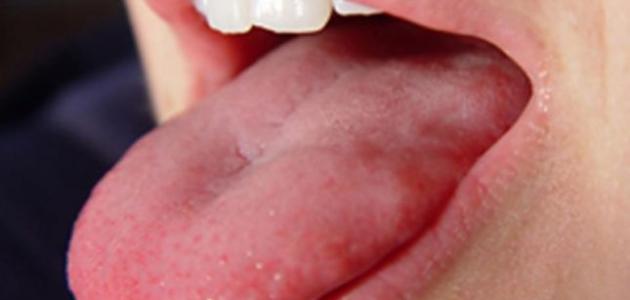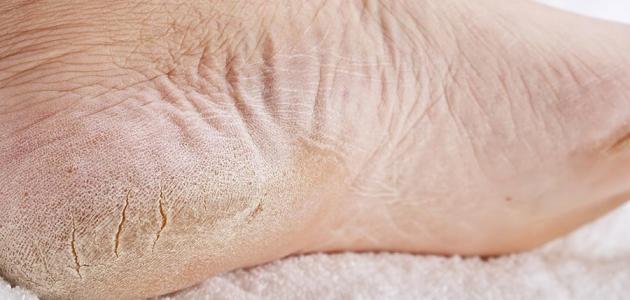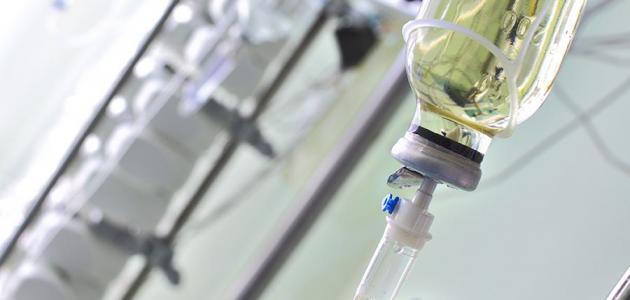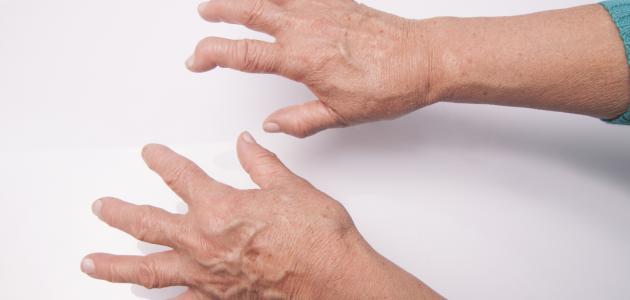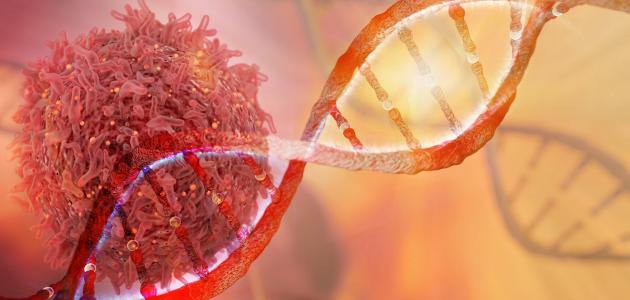Contents
Syphilis
Syphilis infection is one of the types of sexually transmitted infection, which is caused by the bacterium Treponema pallidum , and the initial symptoms of the disease usually appear in the area of entry into the body in the form of painless sores And, it may recover without the patient noticing it, and the genital and anal areas are the most common areas where syphilis sores appear, and they may appear on the lips, and inside the mouth as well, [1] and the sores increase the risk of other sexual diseases such as; Infection with human immunodeficiency virus , by entering the pathogens of the disease through these sores into the body. It should be noted that syphilisIt is transmitted from person to person through direct contact with the sore, through kissing or sexual contact in all its forms, and syphilis is transmitted from a pregnant mother to her fetus during pregnancy, or during childbirth, in addition to its transmission between drug addicts when they exchange some tools such as injection . It is worth noting that there are more cases of syphilis among males than females, especially among homosexuals. [2]
Stages of syphilis
Syphilis goes through four stages, and they are as follows: [3]
Primary syphilis
During this stage, the initial signs of syphilis appear, after ten days and up to three months of exposure to the bacteria that cause the disease, and the symptoms are solid ulcers with a red color, which may contain liquid materials, but these sores soon disappear. Painful within a few weeks of its appearance, in addition, swelling of some glands may occur at this stage, and in fact it may not be easy for an individual to see syphilis sores, because they often appear on the cervix, rectum, anus, or The mouth, and for these reasons, it may be difficult for the individual to discover that he has the disease, despite the continuing development of the disease, and the possibility of spreading the infection from the individual to others. It is worth noting that syphilis is very contagious during this stage. [3]
Secondary syphilis
Symptoms of the second stage of syphilis begin to appear 2-12 weeks after the appearance of the sore, and are the rash that appears on the trunk, the palm of the hand, and the soles of the foot, with the possibility of a temporary patchy hair loss in the beard, head, or eyebrows in case it is infected These areas have a rash of syphilis. In addition, the patient may suffer from a slight high body temperature, loss of appetite, fatigue, lack of energy, and sore throat. At this stage, various sores appear on the wet tissues of the genitals, the mouth, the throat, and the tonsils. These are called mucous patches, and these spots are highly contagious with syphilis. In 40% of people with stage II syphilis, the infection reaches the central nervous system, which leads to symptoms such as; Tinnitus, problems with hearing and seeing clearly, headache.[2]
Latent syphilis
Syphilis infection remains in the body, and it continues to spread if the patient does not receive the appropriate treatment, but all symptoms of syphilis disappear , and this stage is called latent syphilis, and it may last for several years. [3]
Tertiary syphilis
Symptoms reappear 3-10 years after the initial infection with syphilis, and the tertiary stage of syphilis is characterized by the appearance of single granulomas on the skin, throat, inside the mouth, and bones, and they remain in the body for several years. [1] Syphilis infection spreads to different parts of the body gradually during this stage, such as the central nervous system, heart, blood vessels, liver, kidneys, eyes, and other organs, and leaving syphilis untreated leads to serious complications of the disease that may reach death. Among these complications are the following: [2]
- Difficulty sleeping
- Vision problems.
- Peripheral neuropathies.
- Erection problems.
- Personality changes.
- Memory impairment.
- Meningitis.
- Impaired muscle control.
- Joint damage.
- Seizures (seizures).
- brain attack.
Diagnosis of syphilis
Syphilis can be diagnosed by obtaining a sample from the cells of the primary ulcers of the disease, or a sample from the fluid in the sore, then examining it under a microscope, and serological tests can also be relied upon to diagnose syphilis after five to five Six weeks after the syphilis infection was transmitted to the body . [1]
Syphilis treatment
The early stages of syphilis are best suited for treatment. Where the body responds to antibiotics and fully recovers from the disease within a short period, and in fact the syphilis patient needs to receive treatment for a relatively longer period in the event that he reaches the advanced stages of the disease, and although it is not possible to treat organ damage during these stages, the importance of treating syphilis It is to prevent further damage and complications of the disease. [3]Penicillin injections have so far been the main treatment for the various stages of syphilis, with the possibility of replacing them with other antibiotics such as tetracyclines, erythromycin , or cephalosporins , in the case of Cephalosporins. There is an allergy to penicillin. It should be noted that the patient’s condition must be monitored by the attending physician, in addition to conducting routine laboratory tests for a period of one to two years, due to the possibility of failure in treating the patient. In fact, the patient must abstain from all forms of sexual contact until the disease is completely cured and all skin ulcers have healed from the patient’s body. [1]
References
- ^ A b t w of Vanessa Ngan (1-7-2015), "Syphilis" , Www.dermnetnz.org , Retrieved 19-6-2018. Edited.
- ^ A b t Hosein the SR (2016), "Syphilis" , Www.catie.ca , Retrieved 19-6-2018. Edited.
- ^ A b t w Rupal by Christine Gupta City (1-11-2015), "Syphilis" , Www.kidshealth.org , Retrieved 19-6-2018. Edited.
